At 15 years old, JP McMahon starts his first job. He works in an Italian restaurant. He did not know it at the time, but this was where his career in cooking began.
“I supposed I just fell in love with the food, maybe with the possibilities of it,” McMahon said. “It was so different from what I grew up with.”
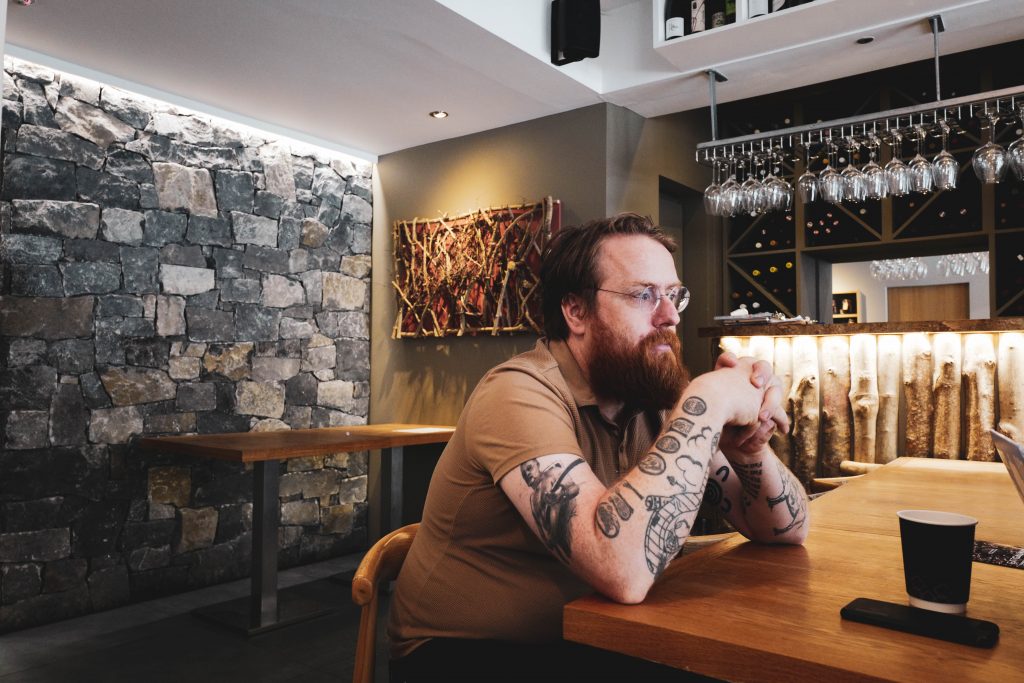
sustainability in Ireland. Photo by: Stephanie Whitehouse
Years later, McMahon owns three restaurants in Galway, runs a food symposium, is working on a cookbook, writes a food column and is an avid activist for local ingredients and preventing waste.
McMahon, who is unsure he ever planned on becoming a chef, is also interested in philosophy, history, drama, sociology, and other arts. Jobs in restaurants were what helped him to get his degrees.
“I suppose for me, I ended up bringing the academic side of me and the culinary side of me together,” McMahon said. “It’s easier for me now to fold food and history and literature… together now at this point in my life than it was before.”
McMahon and his wife, Drigín Gaffey, opened Aniar in Galway and eventually opened another two, Tartare and Cava.
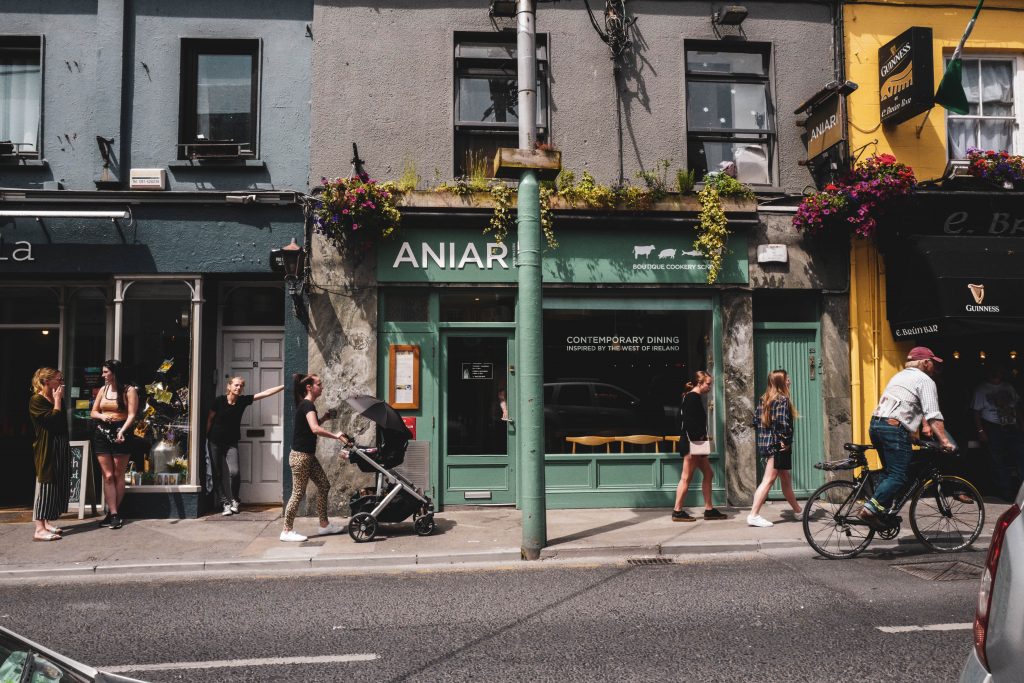
A sunny day lights up the exterior of Aniar. Photo by: Stephanie
Whitehouse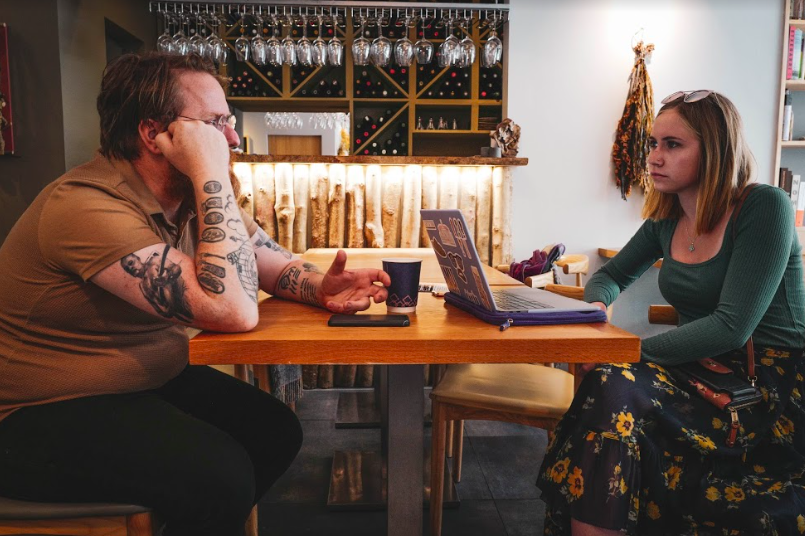
Jessica Kronzer interviewing JP McMahon. Photo by: Stephanie
Whitehouse
McMahon is not what a journalist expects to see when they meet a master world-renowned chef. His features include round glasses, a full beard, and a series of intricate tattoos up both of his arms. Every person who enters the room is greeted by him. When our interview ends, he leaves to go pick up fish from his fish guy. McMahon works mostly out of Aniar, but his management of all three restaurants allows him to prevent food waste.
“Restaurants by their very nature produce waste, that is one of the byproducts,” McMahon said. “There was the ethical aspect of me, I just hate waste and I just don’t like producing waste. The economic aspect is also important as well…because the more you waste, the more money you waste as well.”
“How can it be too expensive to throw everything into one bin? And then just get someone else to worry about it,” McMahon said.
His business model of using leftover food from one of his restaurants in another was partly inspired after his trip to Charleston SC roughly 10-15 years ago. The chef noticed that all of their waste, including recyclables, went into one bin. When he questioned the setup he was told it was too expensive to recycle.
McMahon tries to limit his “food miles” to prevent waste. Most of his ingredients are from Ireland and if the product, – for example, asparagus – is out of season, he will use a different ingredient.
McMahon also reduces his restaurant’s carbon footprint is avoiding using products that harm the environment. Vanilla is currently in high demand because climate change has made growing the crop increasingly difficult. McMahon removed the ingredient from Cava’s menu for both environmental and ethical reasons. The chef replaced the ingredient in ice cream with other products.
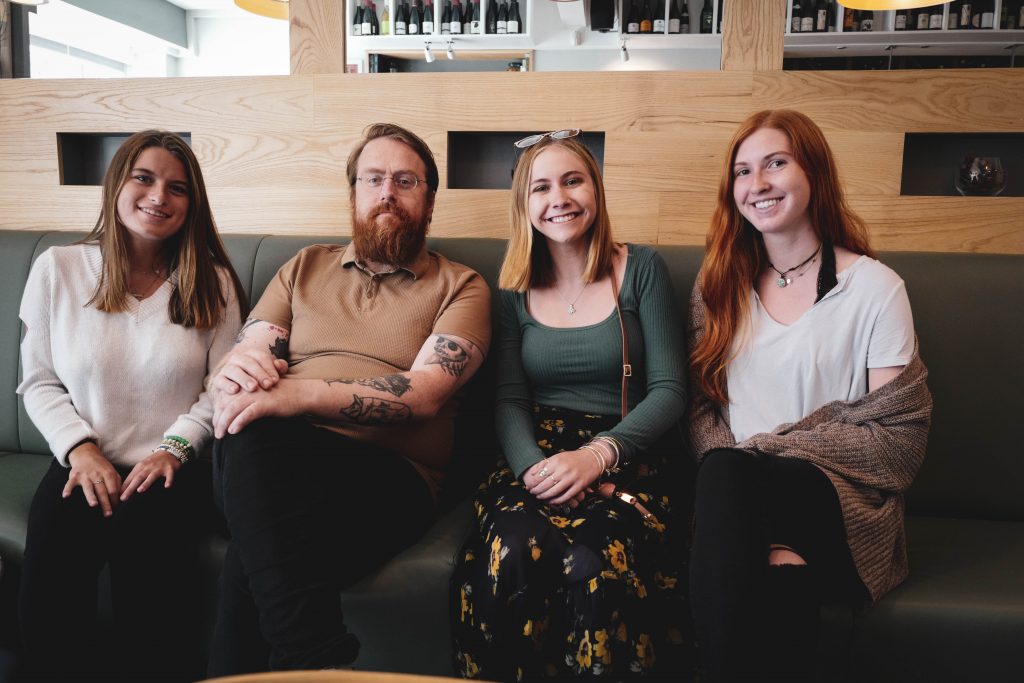
Chef JP McMahon in his restaurant. Photo by: Stephanie Whitehouse
“I find consumers are much more adaptable than we give them credit for,” McMahon said. “We’ve never given the customer what they wanted. We said this is what the venue is… It took a while to fall into place. But now it’s just a given.”
Another factor that McMahon feels relates to food waste is lack of education on food. He feels most, if not all, developed countries, do not have courses on food.
“It’s almost like we just assume that we’re going to learn about food through osmosis,” McMahon said. “You get to someone who is 17 or 18 and then all of a sudden you got to start learning… We wouldn’t say, ‘Oh, you can just wait to learn German until you’re 18.’”
In Ireland, McMahon said the excuse for not including it in the curriculum is lack of time. He pointed out that his 10-year-old daughter takes a class in computer science for an hour a week because the school sees technology as a priority.
“The irony is that it’s (food) probably the most important thing you do, but at the same time, it’s way down the agenda in terms of in terms of the experience,” McMahon said.
The chef also shared his concern that some farmers may be used to solve one environmental issue and end up creating a new problem that could be solved by growing produce locally.
“It’s very easy for us to say in the West because we have too much food to say, ‘Oh yeah, we should stop eating this product and we should start using this product,” McMahon said. “You need to kind of look at, well, why are we using it and where does it come from? And also what is the economy like where that is being produced?”
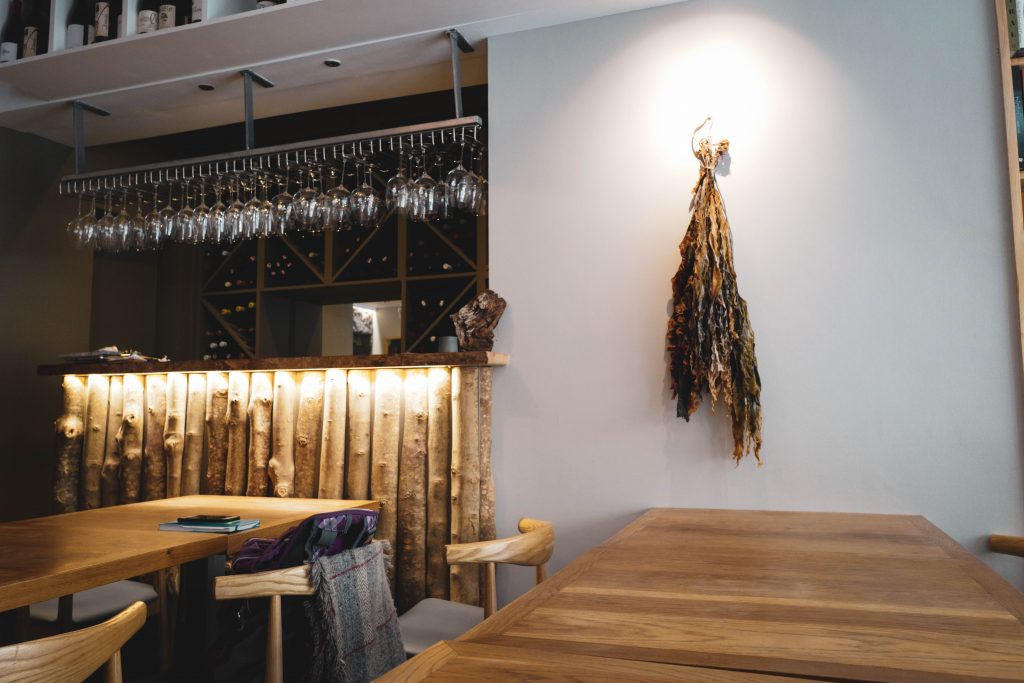
Photo by: Stephanie Whitehouse
Ireland has policies regarding food waste today, but around 20 years ago, Galway had issues with having too much waste. The city has since made progress through legislation that requires a recycle bin, compost bin, and trash bin.
In McMahon’s opinion, Galway is “quite good” at handling its food waste. The next level, he said, is in reducing our use of single-use plastics and looking at environmentally-friendly options. For example, his restaurant uses a vegetable supplier who wraps their products in biodegradable plastic.
For McMahon, change could come at the “street-level” through more effective separation of waste and better consumer education on how to display different kinds of waste correctly. One item thrown in the recycling could contaminate the whole bin, making it unable to be recycled.
“Something could take, um, like take years that you’d imagine would be done in quite a short time,” McMahon said. “Everything is market-driven and it’s very hard to cut across that. If you want to tackle it, you have to tackle the true market.”
Jessica Kronzer